Do These 10 Things in February To Have a Great Garden in Spring! Read further to get some brilliant tips on February Gardening!
February, right in the middle of the winter, is the perfect time to start strategizing your garden for the upcoming spring. You must practice February gardening and Do 10 of These Things in February To Have a Great Garden in Spring!
USDA Plant Hardiness Zones are based on the temperature conditions of the place. They range from zones 1a to 13b. Most of the United States comprises zone 3a, which has a low temperature of around -40 and -35 degrees (F), and zone 8a, with 10 to 15 degrees. Outdoor gardening is on hold as by December, most annual plants have finished their cycles and been taken up, and many perennials are dormant.
Here are DIY Mini Indoor Greenhouse Ideas For Winter & Early Spring
Do 10 of These Things in February To Have a Great Garden in Spring
1. Map Your Garden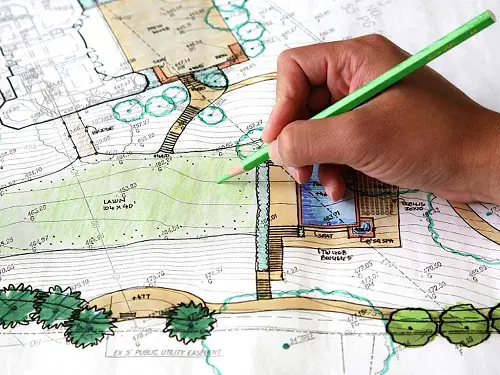
Gardening is fun and rewarding, with countless experiences. However, a little planning goes a long way toward the best turnout, just like February gardening.
An easy way to plan your garden is to map it out and divide it into square feet. Depending on the vegetable, you can plant a certain amount of seeds per square foot. The following can be used as a guide:
| Seedlings Per Square Foot | What to Plant |
| 1 per 2 square feet | watermelon, vining squash |
| 1 | tomato, basil, broccoli, cauliflower, hot peppers |
| 2 | cucumbers |
| 4 | lettuce, other leafy greens |
| 8 | bush beans, snap peas |
| 16 | beets, radishes, turnips, carrots, onions |
Refer to this example map of a square-foot garden plan.
When mapping out your garden, you should also consider companion planting. It is the practice of planting vegetables or flowers that complement each other and produce higher yields and quality when planted in closer proximity.
For almost any vegetable garden, marigolds are a good companion plant because they deter pests like beetles. Plan on including marigolds in your February gardening layout!
2. Order Seeds
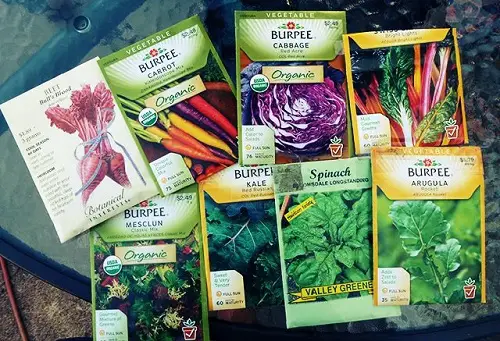
Now that you have the plan look upon the seeds you need. You’ve probably signed up to receive seed catalogs from a few companies if you have been gardening for a while.
The catalogs usually start arriving around January 1st. You can decide which seeds to start for the season and place the order accordingly.
If you’ve saved seeds from last year’s crops or from organic veggies you’ve purchased at the store, that’s great! You’re one step ahead with your February gardening.
Here are Free Seeds That You Can Find in Your Fridge or Pantry
3. Start Seedlings Indoors
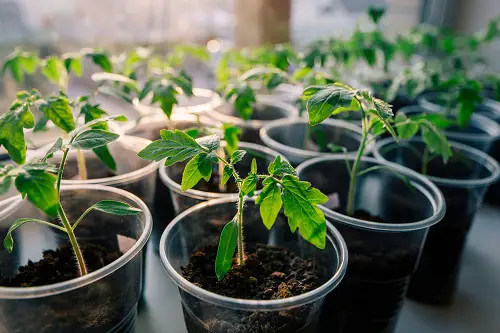
Depending on your hardiness zone, the last frost date falls between April 1 and May 15. If you live in a northern zone with an early first frost date like September or October 1st, it won’t be easy to start the seeds outdoors.
Many seedlings will fare better and have more time to produce an entire crop if started indoors first. February is the perfect time to start seedlings indoors so they will be strong enough to harden off before it’s warm enough to plant outside.
To start seedlings inside, you’ll need a seedling tray or small containers with drainage holes, a sterile seed starter mix, some plastic wrap, and a sunny window.
Plant your seeds 1-2 per cell or container in the moistened mix. Cover with plastic wrap. Check each day if the medium is moist during February gardening.
Once seedlings emerge, you can remove the plastic wrap. Provided they get enough water and sunlight, your seedlings should be strong enough to go outside within the next 2-3 months. (Make sure to harden them off first).
Check out DIY Seedling Greenhouse Ideas
4. Start Composting
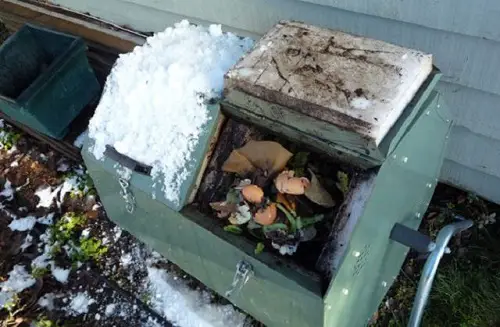
Composting is a February gardening project you can start in winter or any time of year. Having your own compost bin will save you money in the long run—it’s cheaper than expensive fertilizer from garden stores, and it uses waste you’d otherwise be filling your garbage bags with.
There are many options for composting, depending on the process you’re comfortable with. For a worm bin compost or a no-turn (i.e., low maintenance) outdoor compost, the turnaround process is three months or more, so if you start now, it will be ready by the growing season to use in your garden.
The decomposition process is slower in winter with the cooler temperatures during February gardening, but you can do a few things to speed up the process if you start late.
Here are Functional DIY Compost Bin Ideas For Gardeners
5. Build a Hoop House
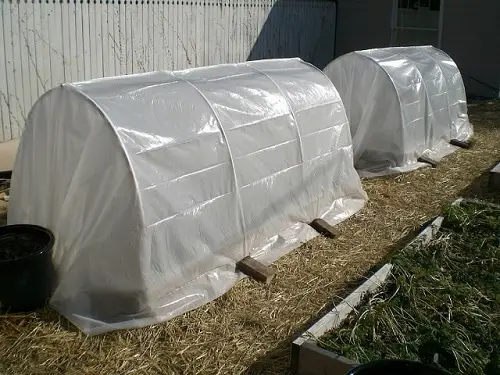
If you are anxious to get some plants in the ground outside, you can consider building a hoop house. A hoop house is a series of parallel hoops arching over your garden, covered in a heat-retaining greenhouse material.
This dome acts as a mini-greenhouse to protect your plants from frost. It can extend your growing season by nearly eight weeks in spring and fall.
During February gardening, you can plant cold-hardy varieties such as arugula, onions, and broccoli in your hoop house. You can try plants less forgiving of frost if you add an extra layer of material inside the dome.
You can try making a hoop house yourself, or they can also be purchased at your local garden store.
Read the best Spring Quotes For Gardeners
6. Plant Fall Bulbs, If You Forgot Earlier
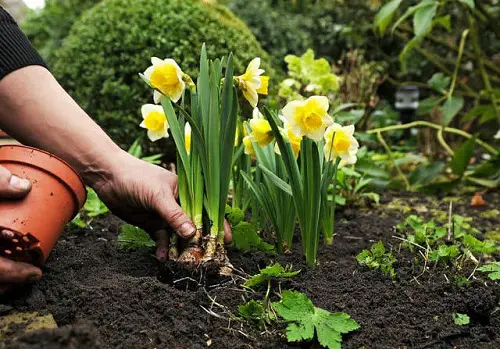
If you forgot to plant your tulip and daffodil bulbs before Thanksgiving! Plant them now.
Fall bulbs need a cold period to bloom once the weather gets warm. Ideally, they should be planted between September and December. However, they will bloom even if planted later as long as they get are sowed in the ground.
Bulbs are different from seeds—they won’t make it until next year, so you might as well try to plant them now with your February gardening while they still have a chance at success.
If you have spring bulbs like gladiolus, don’t plant those now, as they do not work the same way as fall bulbs and won’t survive winter temperatures.
Here are Cold Hardy Succulents for Winters
7. Clear Your Garden of Dead Leaves, Weeds, and Debris
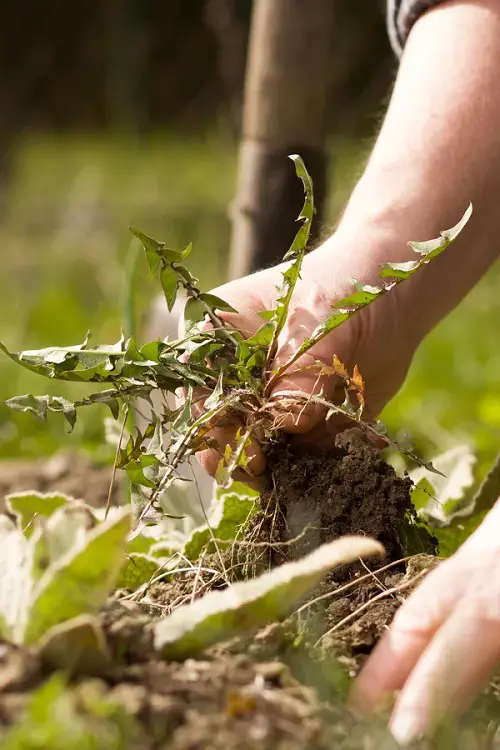
Cleaning up your garden during February gardening is an important task to help ensure a beautiful and productive garden in the spring. The first step in clearing your garden of dead leaves, weeds, and any other debris is to assess the state of your garden.
Take a look around and identify any areas that could be more well-grown or cluttered, such as large piles of leaves or a lot of weed growth.
Once you know what you’re dealing with, it’s time to get to work. Start by removing dead leaves or other plant material accumulated over the winter. This will help reduce the risk of disease and pest problems in the spring. Next, carefully remove any weeds, getting the entire root system so they don’t return.
Finally, tidy up any other debris that may be littering the garden, such as twigs or broken branches. With a little bit of elbow grease, you can quickly clear the garden of dead leaves, weeds, and other debris and be on your way to a beautiful and productive spring garden.
Check out these amazing Ground Compost Bin Ideas
8. Installing Trellises, Arbors, or Garden Structures for Climbing Plants
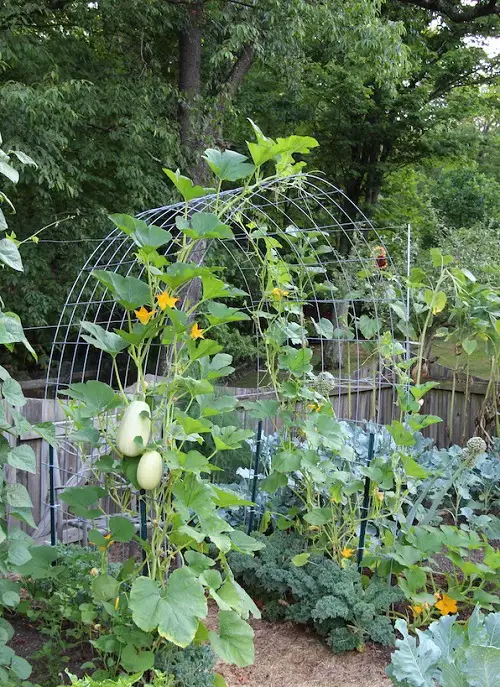
Installing garden structures such as trellises, arbors, or other similar installations can add a new dimension to your garden and give your plants a way to grow upward and create beautiful displays.
Climbing plants, such as climbing roses or ivy, can add beauty and dimension to your garden, but they need a structure to climb on. Trellises, arbors, and pergolas are just a few structures you can install during February gardening to support your climbing plants.
When choosing a garden structure, consider the height and style of your plants and the space in your garden. Trellises can be simple or decorative, made of wood, metal, or other materials.
Arbors are often used to create a shaded seating area or entrance to a garden, while pergolas are large structures that can make a covered outdoor living area. Whether you choose a simple trellis or an elaborate pergola, installing a garden structure will give your climbing plants a place to grow and add beauty and interest to your garden.
Check out the List of Climbing Fruits
9. Inspecting and Repairing Garden Tools
Inspecting and repairing garden tools in February is essential in preparing for the growing season. Garden tools such as shovels, rakes, and hoes are necessary for maintaining a healthy garden and must be in good condition to function correctly.
By inspecting and repairing them during February gardening, you can identify any issues and fix them before the spring planting season begins, ensuring that you have the tools you need when you need them.
Additionally, repairing or replacing damaged tools early in the year can help prevent further problems and costly repairs later. February is a good time for this task as it allows ample time for any necessary repairs or replacements before the growing season starts.
Learn How to Clean Garden Tools
10. Prune Shrubs and Trees
Pruning shrubs and trees during February gardening is an essential aspect of garden maintenance. Pruning helps to remove dead or diseased branches, promote healthy growth, and control the shape of the plants.
By pruning in February, you can address any issues before the growing season begins and ensure that your shrubs and trees are in optimal condition for spring growth.
Additionally, pruning at this time of year can stimulate new growth and encourage the development of fuller, more attractive plants.
February is the best time for pruning in many climates as it allows you to take advantage of the dormant period of the plants and make cuts without damaging new growth. Pruning at this time also helps to prevent the spread of diseases that can be introduced through cuts made during the growing season.



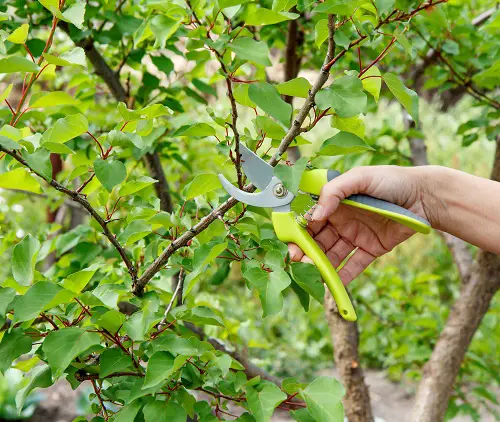

I but daffodill plants not yet bloomed, put them in the ground every year, at WalMart. and the look they were planted in the fall.
Good luck planting fall bulbs in February where the ground is frozen! Ha ha!!
The ground isn’t frozen in the southern states.
I live in St. Louis mo and this has been a unseasonably warm winter compared to what we have in the Midwest! I’m planting daffodils today, what I was unable to do last late fall due to very cold temps.
Judging by the abnormally high winter temps – it won’t be hard to start spring gardening in February, for sure!
If you’re up north and can’t get fall bulbs into the ground, put them in a paper sack and leave them in your fridge.